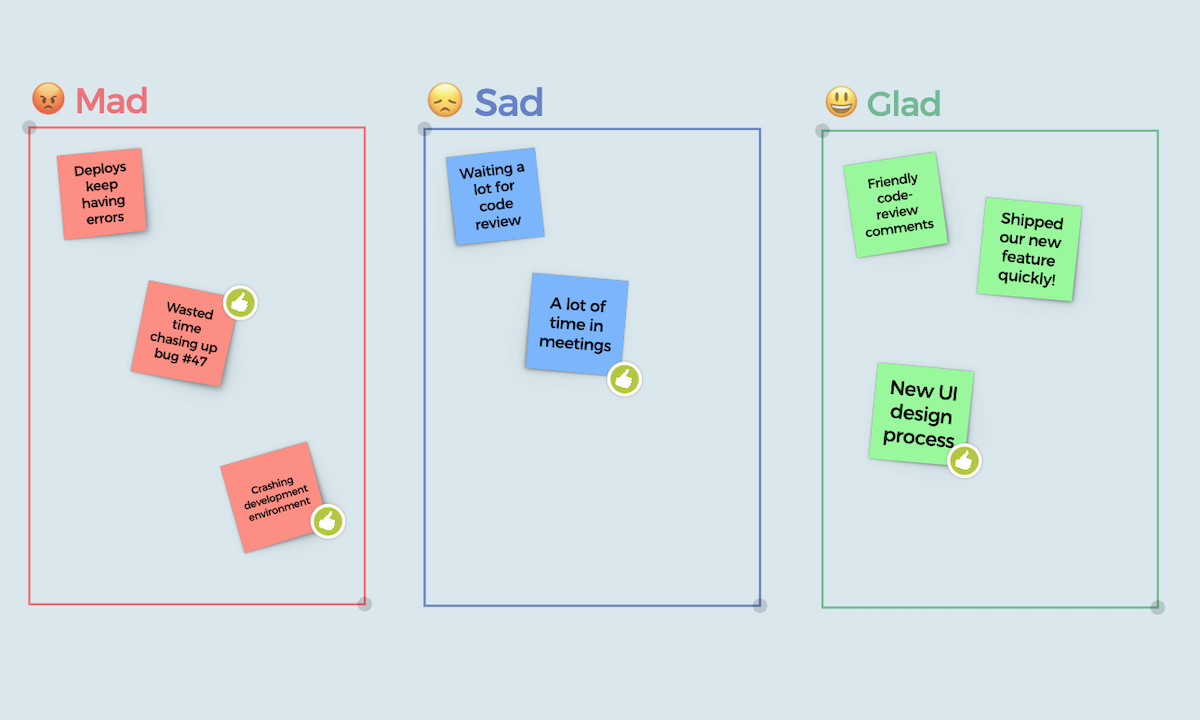The Power of Silence in Feedback Exercises
Asking for feedback is only slightly easier than giving it - and taking it can be even harder. How often have you asked for a critique and received “it’s fine”? How often have you been the person saying “it’s fine” because you don’t want to create any conflict? Dismissive responses leave the requester disappointed and the responder feeling like they could have done better.
The truth is that most of us have to give feedback in our professional lives. Whether we’re working with a team of colleagues on a project, talking directly to colleagues, or discussing a task with a direct report, feedback helps everyone to move forward with positivity, honesty, and an improved iteration or understanding.
Why is it difficult to give great feedback?
Giving helpful feedback is tricky. It requires us to do more than a surface sweep of our thoughts; we have to think deeply. That can be hard to do if we’re in the flow of another task, or we weren’t expecting to be asked.
Once we do dive into our thoughts and opinions, and surface with something critical, it can be difficult to share that. There is social awkwardness around the confrontation associated with negativity, as important as it is. Certain groups (those in junior roles, women, anyone in a minority demographic in the organisation) may feel unsafe providing critique.
There are multiple reasons why we might be unable or unwilling to give helpful feedback. Therefore, increasing the efficacy and level of feedback starts with setting the scene far before any feedback exercises are started.
Creating a feedback culture
This doesn’t just mean mentioning feedback in meetings every so often (by the way, you should hold more effective meetings). Build rounds of discussion and feedback into your processes - and not just the asking for and the giving of feedback, but the acting upon, too. If you’re in a leadership position, model different feedback exercises. Ask your team how they would most like to receive critique: in person? Via written email? A voice note? Encourage everyone to set aside the time and energy to ask, give, and act upon feedback.
 The proverbial tree falling in the forest does indeed make a sound: thinking in silence can lead to some very impactful outputs indeed
The proverbial tree falling in the forest does indeed make a sound: thinking in silence can lead to some very impactful outputs indeedImage credit: © Seaq68 / Pixabay
The power of silence in group feedback exercises
It’s demoralising to invite opinions over email and get no replies - or a couple of “looks good well done”s. It’s downright awkward to ask for feedback in person and be met with a sea of blank faces.
It’s relieving when a colleague is able to articulate a niggle you can’t quite put into words. The enthusiasm which builds in a group applying their skills and opinions to discuss and improve an outcome is what keeps people excited by their jobs.
Silence can move your team from the former to the latter.
Firstly, reiterate that it’s safe to share respectful critique; that it’s a professional interaction with a wholly positive intention. Then ask people to sit and think for a while in silence, unstructured. This will probably feel weird, regardless of whether you’re in the same room in person or on a video call. Even if people are sitting there half wondering what to have for lunch, that time and space is allowing them to sink deeper and inspect their thoughts without concentrating on external stimuli.
Let the silence drag on for a while, then introduce the format of the feedback. Perhaps each person will be asked to deliver one piece of praise, and one thing they would like to see improved. Perhaps you’ll go around the group, asking for additional comments different to what’s already been mentioned, or that expands on something that has. You can help people who process things visually by setting up an Ideaflip board showing the structure of the upcoming conversation. Then return to silence for a marked amount of time that everyone can see. When the countdown timer goes off (on Ideaflip, see the Tools tab on your board), model the exercise yourself or choose someone you know who will feel confident.

If the project in question has reached a milestone or its conclusion, perhaps it’s time for a retrospective. These are slightly more structured feedback exercises focused on improving future processes. At time of writing, we have three different Ideaflip retrospective templates.
Utilising silence in a one-to-one situation
When there are only two or three people involved, setting out group exercises like the one above can feel overly forced or unexpected. You can take the lead in smaller situations, too. When someone asks you for feedback, use the question as a prompt to tell them you’re going to take a minute and think about it. Give yourself the time to sink into your thoughts and retrieve the helpful ones.
If you’re the one after feedback, ask the question and immediately suggest you all take a moment. This could be directly, or state that you’re going to get a drink or take a minute, giving them the space to think critically.
If helpful feedback is well delivered, well received, and actioned, everyone involved can celebrate their role in improving things.
Because there’s always room for improvement, right? Well, that’s true for how we give feedback, too.
 Online sticky notes to plan, organise and brainstorm with your team remotely
Online sticky notes to plan, organise and brainstorm with your team remotely